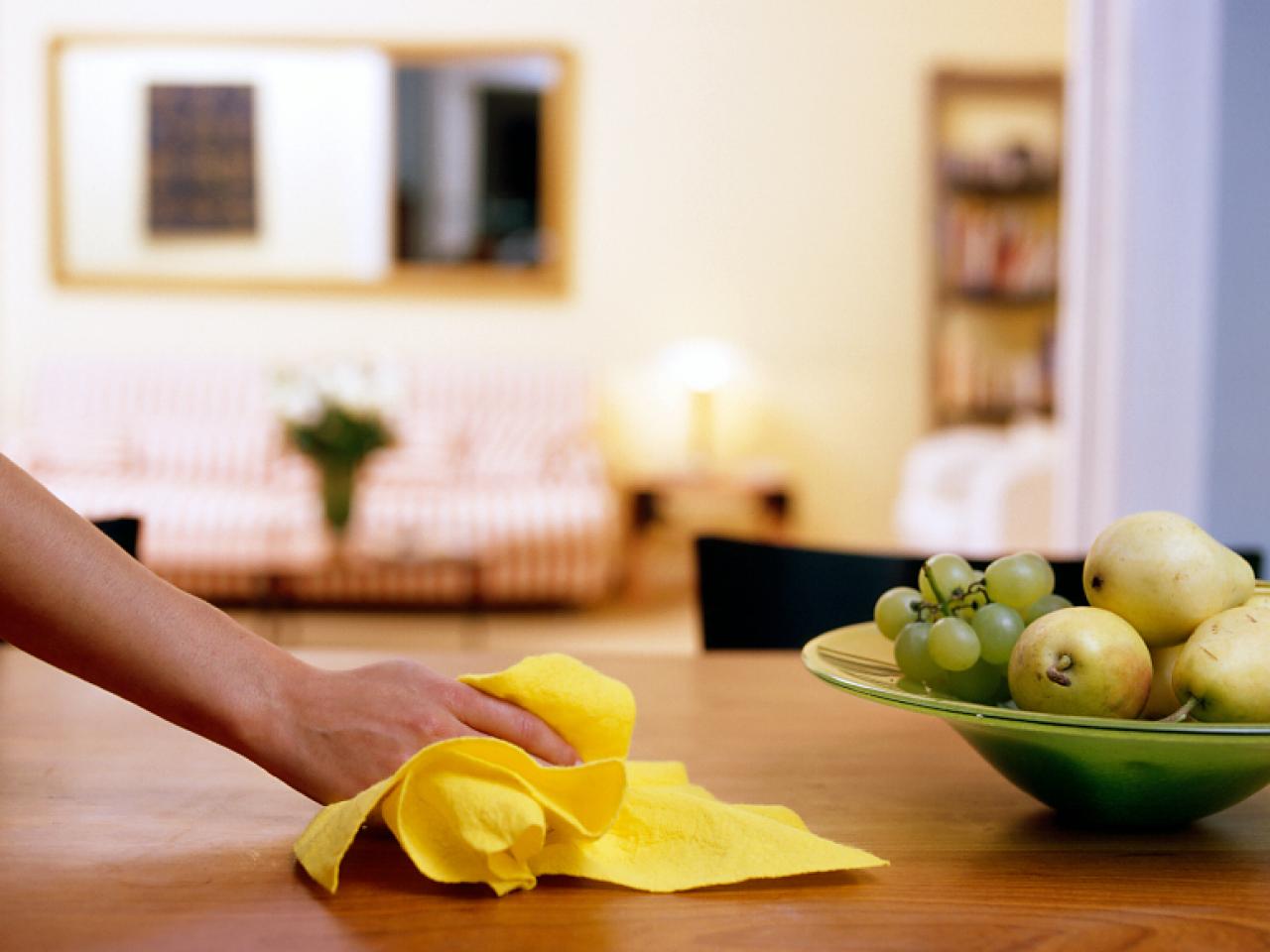Are you tired of constantly wiping down surfaces and coughing up dust in your building? Dust can be a major annoyance, leading to allergies and respiratory issues. Fortunately, eliminating dust from your space is easier than you might think. In this blog post, we’ll go over eight simple steps for getting rid of pesky particles once and for all. From identifying sources to improving ventilation, our tips will help keep your office or home clean and healthy. So grab a dust cloth and let’s get started!
Identification of Dust Sources
Identifying the sources of dust is crucial when it comes to eliminating it. Dust can come from various places, such as dead skin cells, pet dander, and outdoor pollution. The first step in identifying sources is to assess the cleanliness of your space. Check all surfaces for any visible build-up of dirt or debris.
Next, consider your HVAC system. Dirty air filters and ductwork can circulate dust throughout your building. Regular maintenance and cleaning of these systems will help minimize dust levels.
Another common source of dust is carpets and rugs. These fibers trap particles that are then released into the air when disturbed by foot traffic or vacuuming. Consider switching to hard flooring options or investing in a high-quality vacuum cleaner with a HEPA filter.
Ventilation and Air Circulation
Having proper ventilation and airflow will go a long way toward keeping your building dust-free. Dust particles are more difficult to remove from the air when the air is stagnant. The amount of dust in a building can be drastically decreased by maintaining adequate ventilation and air circulation.
Opening windows and doors is a simple technique to allow for more fresh air and increase ventilation. This will aid in diluting the indoor air’s concentration of contaminants such as dust by bringing in fresh air from outside. Impurities in the air can be reduced by using exhaust fans or heating, ventilation, and air conditioning (HVAC) systems with proper filtration.
When thinking about how to better ventilate your office, it’s also important to keep the HVAC filters clean, as filthy filters can not only reduce airflow but also let in additional contaminants like pollen and mold spores. These systems require continuous monitoring because they are frequently forgotten during cleaning.
Restoration of Non-Dust Surfaces
Restoring non-dust surfaces is a crucial step in eliminating dust from your building. This includes cleaning and maintaining floors, walls, ceilings, and other surfaces that tend to accumulate dust over time.
Firstly, start by identifying the type of surface you want to restore. Different surfaces require different cleaning methods and products. For example, hardwood floors may require a specific type of cleaner while tiles may need a different one.
Next, remove any debris or loose dirt on the surface using a broom or vacuum cleaner with appropriate attachments. Then use a damp mop or cloth to clean the surface thoroughly. Avoid using too much water as it can damage some types of flooring materials like wood.
For walls and ceilings, use microfiber cloths or dusters to wipe down the surface gently. If there are stains on these surfaces that won’t come off easily with just water and soap solutions- try using specialized cleaners for each material such as vinegar for glass surfaces.
Regular maintenance is key to preventing dust buildup on non-dust surfaces in your building- so make sure you set up regular cleaning schedules based on traffic levels within each area respectively!
What Causes Dust?
Many buildings have a dust problem, but what causes it? There are a number of causes for the dust to build up. Outdoor air pollution is a major contributor to indoor air dust levels. Allergens, such as pollen and dirt, can enter a building through any openings.
Human activities also contribute to the spread of dust. Dust is created when minute particles are released into the air by human activity and settle on surfaces. These particles can be fibers from fabrics, paper, or carpets. The fur and dander that pets sweat can add to the unhealthy levels of indoor air pollution.
Dust inside buildings can also be caused by internal forces in addition to these external ones. The presence of more particles in the air is a direct result of subpar ventilation systems. When humidity is high, dust mites and mold can flourish.
How to Check for Dust Levels in Your Building
Understanding where the dust is coming from will help you eliminate it. But first, you’ll need to assess how much dust is currently floating around your office. This will serve as a starting point from which you can measure the success of your efforts to lessen the airborne dust.
An air quality monitor can be used to check for dust levels. These instruments calculate the amount of dust and other particles floating around in the air. They’re simple to set up, sell everywhere from bookstores to hardware stores, and can be ordered online.
Another technique is looking for obvious dust collection on surfaces. Look for dust and filth accumulation on surfaces like window sills, bookcases, and gadgets. This can also aid in identifying the origins of excessive dust.
Not only should levels be checked for, but also be tracked routinely after preventative actions have been taken. Doing so will help you evaluate whether your current approach is working or if it needs tweaking.
If you want to completely rid your building of dust, you need to keep a close eye on the dust levels there.

